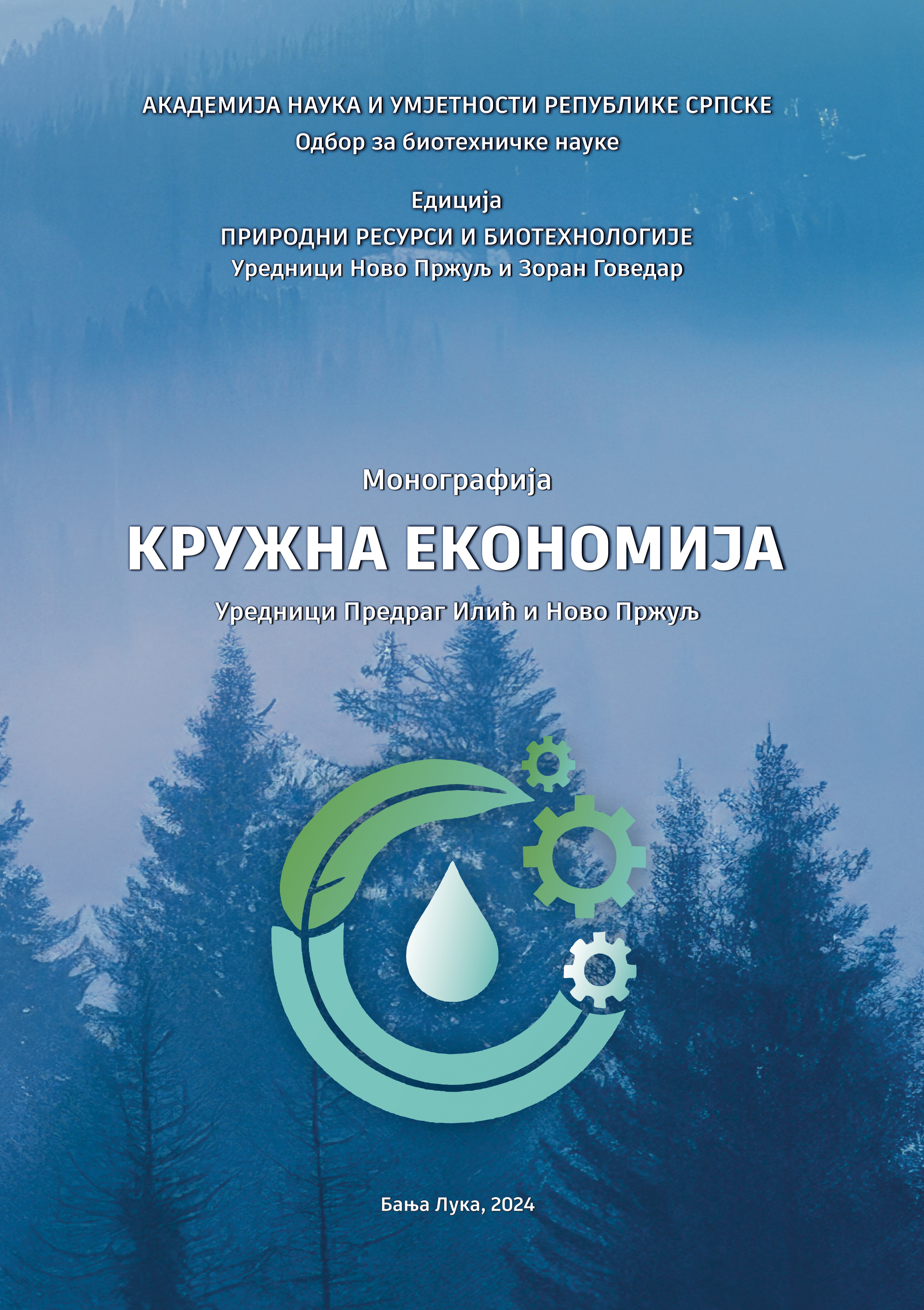Association of Ions in the Soil Solution of Saline Soil’s Landscape
DOI:
https://doi.org/10.7251/PRB2401275KKeywords:
Soil Solution, Chemical Equilibrium, Ion Association, Programs Ion–2 and Ion–3, Biogeosystem TechniqueAbstract
Soil up-to-date study and management are crusial in a circular economy implementation. A soil solution material composition, migration and accumulation dynamics is determined by soil solution chemical equilibrium. The soil solution contains the associated electrically neutral ion pairs СаСО30; CaSO40, MgCO30 and MgSO40 and charged ion pairs CaHCO3+, MgHCO3+, NaCO3−, NaSO4−, CaOH+, and MgOH+. A soil solution chemical equilibrium calculation method is proposed for quantitative assessment of real ion forms in the soil solution of Kastanozem soil complex and Haplic Chernozem. Ions association varies in individual soils and soil layers increasing soil solution salinity and amplifying ions association. In an ionic pair form in soil solution are presented: 11.8–53.8% of Ca2+; 9.4–57.3% of Mg2+; 0.7-11.9% of Na+; 2.2–22.3% of HCO3−, 11.8–62.7% of SO42−. An associated form CO32− ion share is up to 92.7%. The ion association coefficient as a ratio of the ion free form to its analytical content is proposed.A Cd thermodynamic state in Haplic Chernozem in conditions of soil reclamation with phosphogypsum in doses of 10, 20, and 40 t ha−1 was assessed concerning a chemical equilibrium in soil solution. Based on carbonate-calcium equilibrium (CCE) algorithm, computer programs ION–2 and ION–3 were developed to calculate the real equilibrium ion forms in soil solution. The ions association was calculated in an iteration procedure according to the data on a water soil extract analytical ion concentration considering the ion material balance accounting the equilibrium constants linear interpolation, method of ionic pairs, initial concentration preservation law, equilibrium system operating masses law and ion pair concentration constants of dissociation. To characterize a Cd2+ ion binding into associates in soil solution, a coefficient of heavy metal ion’s association kas is proposed. The phosphogypsum application increases a Cd2+ free form soil content by 57.1%. The BGT* methodology was developed to implement a circular economy as a system of the non-standard technical means and technologies for a long-term optimization of the soil geophysical, chemical, water, biological properties and productivity. The long-term field experiment in the Kastanozem soil zone showed that a 20–45 cm layer intra-soil milling methodology provides a rhizosphere uniform development in the whole processed soil profile at a rate of 2.2 roots per cm−2 in 0–20 cm and of 1.7 roots per cm−2 in 20–40 cm. An intra-soil milling machine new active drive design provides five times less traction resistance, 80% increased reliability, and halving energy costs. The BGT* based intra-soil pulse sequential-discrete unmanned system provides soil watering and simultaneous stimulants and/or other substances supply to the soil and a soil solution equilibrium control, a humic substances and polymicrobial biofilms synergy, a high rate soil biological process, a plant phytopathogens resistance and a soil productivity. Intra-soil pulsed sequential-discrete humidification methodology is capable in reducing a plants heavy metals consumption providing a high level control of soil additives and plant stimulants supply. THe BGT* methodology ensures an ecosphere and human health in a circular economy.
